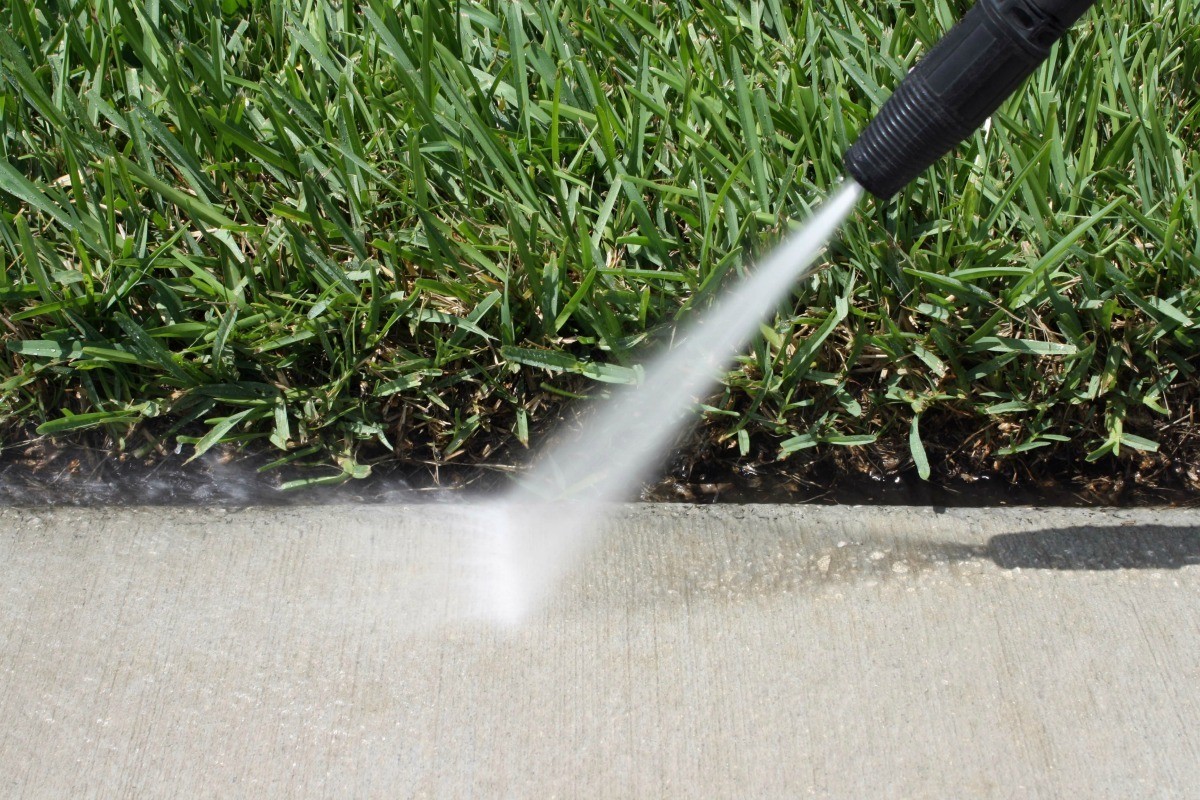
Tree sap — that sticky, stubborn goo that drips from overhanging branches — can be a nightmare to clean off driveways, decks, cars, and patio furniture. 😖 Many homeowners wonder: Can I blast it off with a pressure washer?
The answer is: Yes, you can — but it requires more than just high water pressure. Tree sap is incredibly adhesive, and it often needs the right combination of heat, detergent, and pressure to fully remove it without damaging the surface underneath.
Let’s walk through how to safely and effectively use a pressure washer to tackle tough tree sap. 🌿🧼
🌲 Why Tree Sap Is So Tough to Clean
Tree sap is made of sugars, resins, and other organic compounds. It hardens quickly when exposed to air and sun, becoming a sticky, almost varnish-like mess that resists simple rinsing or scrubbing.
If left untreated, it can:
- Attract dirt, bugs, and debris 🐜
- Harden and stain surfaces like concrete or wood
- Eat into finishes on cars or painted surfaces
- Be nearly impossible to remove with water alone 😩
That’s where smart pressure washing comes in.
💧 Will Pressure Washing Alone Work?
In some cases — particularly fresh sap on hard, sealed surfaces like concrete or stone — pressure washing alone may remove it. However, dried sap or sap on more delicate materials like wood, siding, or outdoor furniture typically requires pretreatment to loosen it before pressure washing.
Trying to blast it off with high PSI without prep can:
- Push sap deeper into porous surfaces
- Etch or damage paint and wood
- Waste time and water
To get the best results, it’s all about prep and precision. 🧠🧽
🧴 What to Use Before Pressure Washing
Before you bring out the big water gun, you’ll need to soften the sap with one of these options:
✅ For Hard Surfaces (concrete, stone, metal):
- A citrus-based degreaser
- Mineral spirits or rubbing alcohol
- Commercial graffiti or sap remover
✅ For Softer Surfaces (wood, vinyl, painted areas):
- Warm water and dish soap
- White vinegar + water (1:1 mix)
- Olive oil or Goo Gone (test first)
Apply your chosen solution with a sponge or spray bottle and let it sit for 10–15 minutes. You’ll see the sap begin to soften or break down.
🌿 Pro tip: Work on a warm, sunny day to enhance chemical effectiveness and drying speed.
Browse Amazon Here For Top Rated Power Washers And Accessories
⚙️ Pressure Washer Settings for Tree Sap
Use the following settings for the best (and safest) results:
- PSI: 1200–1800 for wood or vinyl, 2000–3000 for concrete
- Nozzle: 25° (green) for concentrated power, 40° (white) for gentle rinse
- Distance: 12–18 inches from the surface
- Temperature: Hot water (if your machine allows it) helps immensely! 🌡️🔥
🧼 How to Pressure Wash Sap the Right Way
- Test an Area First
Especially for painted or wood surfaces, do a test patch in a hidden spot. - Pretreat the Sap
Apply your remover and allow it time to break down the resin. - Scrub (if needed)
Use a nylon brush to loosen thick or old sap after it softens. - Rinse with Pressure Washer
Spray in short bursts, keeping the wand moving to avoid damage. - Repeat if Necessary
Some stubborn sap may need a second application. - Finish with a Gentle Rinse
Clean the entire area with clear water to remove chemical residue.
🚫 Mistakes to Avoid
❌ Using too much pressure on wood or paint — You may strip finishes or cause splintering.
❌ Skipping pretreatment — Pressure alone rarely does the job.
❌ Using harsh chemicals on plants — Many cleaners can harm nearby grass or flowers. Cover them up! 🌼🛡️
❌ Leaving sap to bake in the sun — The longer it sits, the harder it becomes to remove.
🚗 Bonus: What About Tree Sap on Cars?
Be very cautious using a pressure washer on your vehicle. Instead, spot treat sap with:
- Isopropyl alcohol
- Tar and sap remover
- Microfiber cloth with light pressure
Only use low pressure (under 1200 PSI) and wide spray tips when rinsing your car. 🛞🚿
🧠 Final Thoughts
Yes, pressure washing can absolutely remove tree sap — but not without some strategic prep work. Whether it’s on your deck, driveway, or patio furniture, you’ll need the right combination of softening agent and controlled water pressure to break it loose.
When done right, pressure washing can restore your surfaces to sap-free glory without scrubbing yourself sore or damaging your property. 💪🌳✨
Browse Amazon Here For Top Rated Power Washers And Accessories






